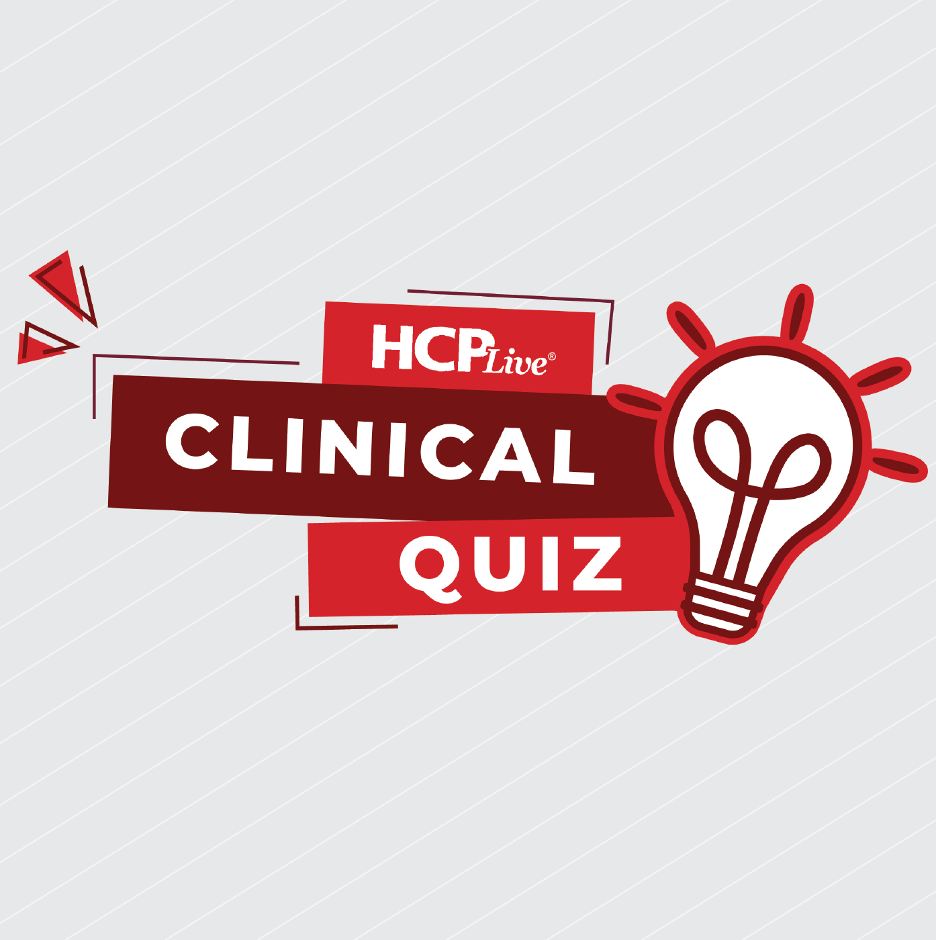News
Article
Navenibart Reduces Hereditary Angioedema Burden in Small Study’s Interim Analysis
Author(s):
Key Takeaways
- Navenibart significantly reduces HAE attack frequency, severity, and rescue medication use, with no safety concerns identified in the ALPHA-STAR trial.
- The trial's interim analysis showed marked reductions in mild, moderate, and severe HAE attacks at 3 and 6 months post-treatment.
At 6 months, baseline monthly rates of 0.45 for mild, 1.54 for moderate, and 0.14 for severe attacks were reduced to 0.10, 0.08, and 0.00, respectively.
Joshua Jacobs, MD
Credit: Allergy and Asthma Medical Group

Navenibart seems to reduce the burden of hereditary angioedema (HAE), as measured by HAE attack frequency, severity, and use of rescue medication.1
These findings are from an interim analysis of the ongoing Phase 1b/2 ALPHA-STAR clinical trial (NCT05695248) presented at the 2025 AAAAI/World Allergy Organization Joint Congress, February 28-March 3, in San Diego, California, by Joshua Jacobs, MD, Medical Director of Allergy and Asthma Clinical Research, Allergy and Asthma Medical Group.
“This interim analysis suggests that navenibart reduces the burden of HAE, assessed by reduction in HAE attack frequency, severity and use of rescue medication. No safety issues were identified,” Jacobs and colleagues wrote.1
ALPHA-STAR recruited adults with HAE-C1INH Type 1 or Type 2 into 3 dose cohorts, with cohort to receive 450 mg on day 1, cohort 2 to receive 600 mg of subcutaneous navenibart on day 1 and 300 mg on day 84, and cohort 3 to receive 600 mg on day 1 and day 28. This interim analysis reported HAE attack severity and the number of HAE attacks requiring on-demand therapy from participants who completed a 3- or 6-month follow up with a data cutoff of March 13, 2024.1
There are 16 participants in the study with a mean age of 46 years (standard deviation, 20), around half of which (56%) were female. Jacobs and colleagues found that at the 3-month mark after initiating navenibart treatment, with data from 14 evaluable participants, the baseline monthly rates of 0.95 for mild, 1.25 for moderate, and 0.11 for severe HAE attacks were reduced to 0.13 for mild, 0.05 for moderate, and 0.00 for severe attacks. At the 6-month mark, with data from 7 evaluable participants, baseline monthly rates of 0.45 for mild, 1.54 for moderate, and 0.14 for severe attacks were reduced to 0.10 for mild, 0.08 for moderate, and 0.00 for severe attacks.1
The investigators also found that in these evaluable participants at 3 months, the mean rate of HAE attacks per month requiring rescue medication were reduced from 1.86 to 0.16 and from 1.32 to 0.10 at 6 months after navenibart treatment. There were no serious treatment emergent adverse events or discontinuations.1
In other news on angioedema, Jonathan Bernstein, MD, adjunct professor, University of Cincinnati School of Medicine and past president of AAAAI, is giving a talk on emerging treatment approaches for angioedema in patients with urticaria at the upcoming meeting and spoke with HCPLive to give a preview of what he’ll be discussing and the biggest topics and unmet needs in the disease field today.2
“I think that's really the biggest thing that's confronting us, is to get clinicians understand the spectrum of angioedema and to make sure that they aren't skipping steps and going from inexpensive antihistamines to extremely expensive drugs that are targeted towards hereditary angioedema,” Bernstein told HCPLive.
He also discussed progress in research in the space, and current research adding to the field’s understanding of the disease, including mast cells mechanisms. Click here to watch the first part of HCPLive's interview with Bernstein.
REFERENCES
Jacobs J, Adatia A, Craig T, et al. Treatment with Navenibart (STAR-0215) Reduces Attack Severity and Use of Rescue Medication in Patients with Hereditary Angioedema (HAE): Interim Results from the ALPHA-STAR Trial. Presented at: 2025 AAAAI/WAO Joint Congress, February 28-March 3. Abstract 196.
Bernstein J. Emerging Treatment Approaches to Hives, Itch, and Angioedema. Presented at: 2025 AAAAI/WAO Joint Congress, February 28-March 3.





